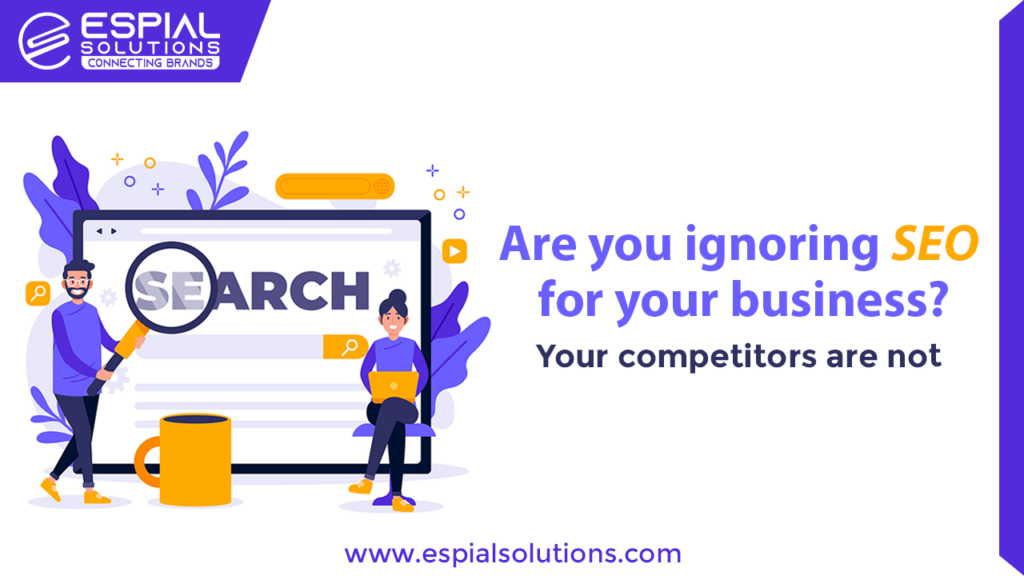OPTIMISING TRAINING TIME AND COSTS – CASE STUDY
Background TDK is one of the largest manufacturers of electronic components across the globe. They are pioneers in commercially producing ferrite, a magnetic material that originated in Japan. The company’s corporate motto is, “Contribute to culture and industry through creativity.” It’s with these values TDK always strives to develop products that will establish them firmly as creators and innovators. The Challenge With the growing demand for electrical machinery the PFC system installed by TDK at various buildings, factories, offices was facing a drop in customer retention. After exploring the possibilities it was found that TDK’s customers frequently faced problems while getting these PFC units installed. The company had to bear additional costs due to the delays caused while installing these units. The issue did not just end there, servicing and troubleshooting of the equipment consumed a lot of the day for each service agent. This had to be dealt with to improve the quality of customer service and warranted for an efficient use of human resource. The solution TDK partnered with Multiversity to build a training solution to tackle the problem.Visuals are processed 60,000 times faster in the brain than text (Source) and thus, it was recommended that effective solution could be building modules in video formats. A team was set up, comprising of TDK’s SMEs and Multiversity e-learning experts (viz. subject matter experts, content developer, graphic designer, LMS expert, quality analysts) to execute the desired solution. Multiversity follows a Instructional Design methodology to create learner centric content. The standard methodology is ADDIE Step 1: Analyse The ground personnel could not efficiently make use of the PFC unit’s standard manual. Minor programming is required to correctly install the power factor corrector for which these individuals are not trained. Incorrect installation leads to loss in system power and subsequently drops in voltage are experienced. Technical representatives are unable to understand complicated issues as all material is in English which creates a language barrier. The product’s manuals and in-house process videos are complex and need a significant level of technical expertise to understand. Existing instructional videos have high internet bandwidth and are unorganised, making it hard to find the right one in time. Telephonic support through an IVR system can’t be readily accessed on the site. Step 2: Design Subject matter experts study the objectives and planned strategies to create the right modules These modules are designed in an easy manner by the content developers so that even those with minimal technical knowledge can comprehend them for installation as well as troubleshooting Step 3: Develop E-learning content can never be the same for everyone even if they belong to the same industry. Prototype modules are first created and customised as per TDK’s needs, their employees capabilities and in the right format. The abundant training material available was consolidated in a systematic manner and converted to native HTML5 videos. The modules also included troubleshooting guides apart from installation process. It made servicing all the more efficient without creating separate modules for each. The size of the course content was optimised to make it easily loadable on every mobile platform across areas where there is low internet bandwidth At the same time, video quality improved to a great extent. The instructions were made visible and could be read easily. All the content was localised to Hindi. They developed 17 different instructional / troubleshooting modules which are easy to understand irrespective of an individual’s education or technical expertise. Step 4: Implement Procedures are set up to train managers as well as technical representatives about the various modules being created and how to set up the unit in the correct manner. Step 5: Evaluate The prototype modules are evaluated both before and after their implementation to assess the quality of content, functionality and compliances by the team’s quality analysts. TDK’s technical representatives and managers could successfully test the prototype on LMS for functionality and install/service their PFC units. The Outcome: Multiversity built a highly interactive and engaging module which followed a structure that guides all users, right from introducing them to the unit up to troubleshooting it in minutes. In addition to end users i.e panel builders even salespersons and dealers can use these modules to install the units. Salespersons can educate customers on how to use these units in the sales process itself. Dealers are also able to better support and service their end clients. The module videos can also be played on mobile devices that have low internet bandwidth, thus eliminating all logistical problems. Ground personnel or even managers can solve typical problems that arise during installations (such as incorrect voltage or setup techniques) on-site and do not have to waste time going back and forth to their office. The modules will soon be localised to other native languages to make things easier and faster to grasp for everyone. TDK saw a significant cost reduction by eliminating the delays caused in setting up the units. Their customers too are satisfied with quick installations (reduced installation time to only 7 Minutes) and prompt troubleshooting solutions that TDK provides. Multiversity has helped the company maintain its reputation and goodwill with their customers. Recent Posts OPTIMISING TRAINING TIME AND COSTS – CASE STUDY Optimising Training Time & Costs 10 Proven Ways To Get Audiences Interested How brands can benefit from LinkedIn: A blog post on why it’s important for businesses to be on linkedin. Tips to Boost Your Prospecting Success! Are you ignoring your SEO for your business? Your competitors are not! No posts found
OPTIMISING TRAINING TIME AND COSTS – CASE STUDY Read More »







